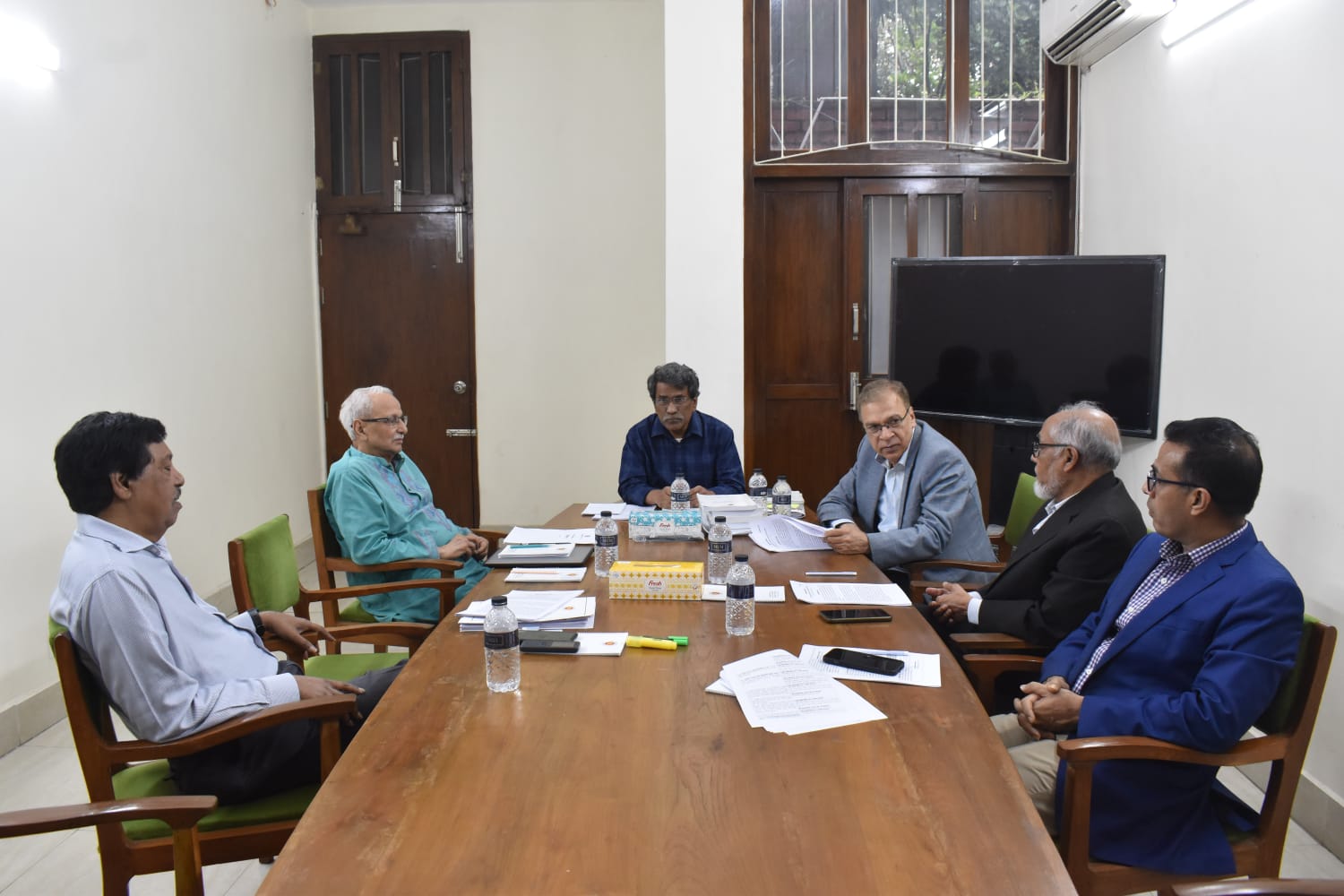Qazi Mizan: The Indian Eastern sector where China shares a border with Arunachal Pradesh and Sikkim is in the news again. After thrashing the Indian army at the Galwan valley, this time the PLA has handed out the same treatment once again at Yangste, Tawang in Arunachal Pradesh. This is the first major clash between the two armies since the Indian army’s humiliation in June 2020. According to the Indian defence minister, the Chinese PLA tried to transgress the Line of Actual Control (LAC) at Yangtse area of Tawang to change the status quo.
The clash resulted in causalities to the Indian side when 35 Indian soldiers received injuries and 7 were seriously evacuated to Gohati. Hundreds of soldiers from both sides used clubs, sticks embedded with nails and knives freely. India accused China of moving a deliberate operation to dislodge Indian troops from a post to get a foot hold on a vantage point. Historically, China has claimed entire Arunachal Pradesh (South Tibet) as its integral part. China does not recognize the 550 miles border drawn by McMahon the British India foreign secretary, agreed between Tibetan officials and British India. China rejected the validity of this agreement by not being a signatory and also maintains that Tibet was not sovereign to sign the agreement. During 1962 war, PLA succeeded in over running the Indian positions and reached close to the outskirts of Tezpur, Assam. The Indians in panic fled and evacuated Tezpur and resultantly entire Arunachal Pradesh (South Tibet) was occupied by the PLA. While panicking the deputy commissioner of Tezpur threw away the money (treasury) into river.
During the war in Thagla ridge (Tawang), 6 Rajputan Rifles were wiped out and an Indian 7th Brigade under Brig J.P Dalvi surrendered. Later, China announced a unilateral ceasefire and returned back to its base. The area where the clash took place is the Yangste area of Tawang sector that has seen frequent face offs with the PLA. Yangste is important as Indians are holding high grounds overlooking Chinese positions. Yangste is the entry point to the Tawang region which is strategically important for China. Historically, ties existed between the Tawang monastery and Lhasa monastery of Tibet. The Tawang monastery was founded by the 5th Dalai Lama and the 6th Dalai Lama was born here. Tawang remains a part of Tibet and us administered by Tibetan officials. Britishers treated the Tawang tract as a Tibetan region until the first half of the 19th century.
Even after the Simla Accords of 1914, the Tibetans continued administering the region. In 1935, Tibetan officials declined to vacate the region due to it being of religious importance to them. Britishers in their maps have shown the Tawang region as part of British India, however administrative control was established only in 1944. In 1950, India declared the McMahon line as an official boundary and directed the Tibetan administration to vacate Tawang. In 1952, the Indian army forcibly entered Tawang and expelled the Tibetan administrative officials.
The population of Tawang is predominantly belongs to the Monpa tribe that speaks the Tibetan language and practices Tibetan Buddhism. Tawang is strategically important because in the 1962 war the Chinese army came down to Arunachal Pradesh through the Bumla pass north of Tawang Town. If the Chinese PLA occupies it, it will facilitate Chinese rolling down and occupation of Assam plains. Arunachal Pradesh is strategically important to both India and China. It provides security to Bhutan from the eastern flank, and in case Tawang is captured, then Bhutan will be at the mercy of the Chinese PLA. Moreover Arunachal Pradesh provides depth to Brahmaputra and India’s North Eastern States.
Tawang also provides a strategic entry point to China not only to Brahmaputra valley but also to India’s North Eastern region. India may lose all its seven sisters states which are already waging a war for independence, therefore Arunachal Pradesh is vital for the defence of North Eastern region. China has been rejecting and condemning visits by India leaders and Dalai Lama to Arunachal Pradesh in general, and Tawang in particular. China has given Chinese names to 15 places which include eight residential areas, four mountains, two rivers and one mountain pass to reaffirm its territorial sovereignty. Chinese call Arunachal Pradesh, South Tibet and its Chinese name is Nan Zang. According chairman Mao “Tibet is the right hand’s palm of China and Ladakh, Nepal, Sikkim, Bhutan and North East Frontier Agency (NEFA) are its fingers”.
Anything happening after Galwan is serious and prone to escalation. According to Indian defence analysts, the incident is a serious blow to relations of two countries as this happened after a brief encounter of PM Modi and President XI during the G20 summit. The US has shown its concern but sided with India and accused China of provocation. Tawang is a flash point which can lead to a full-fledged war.





